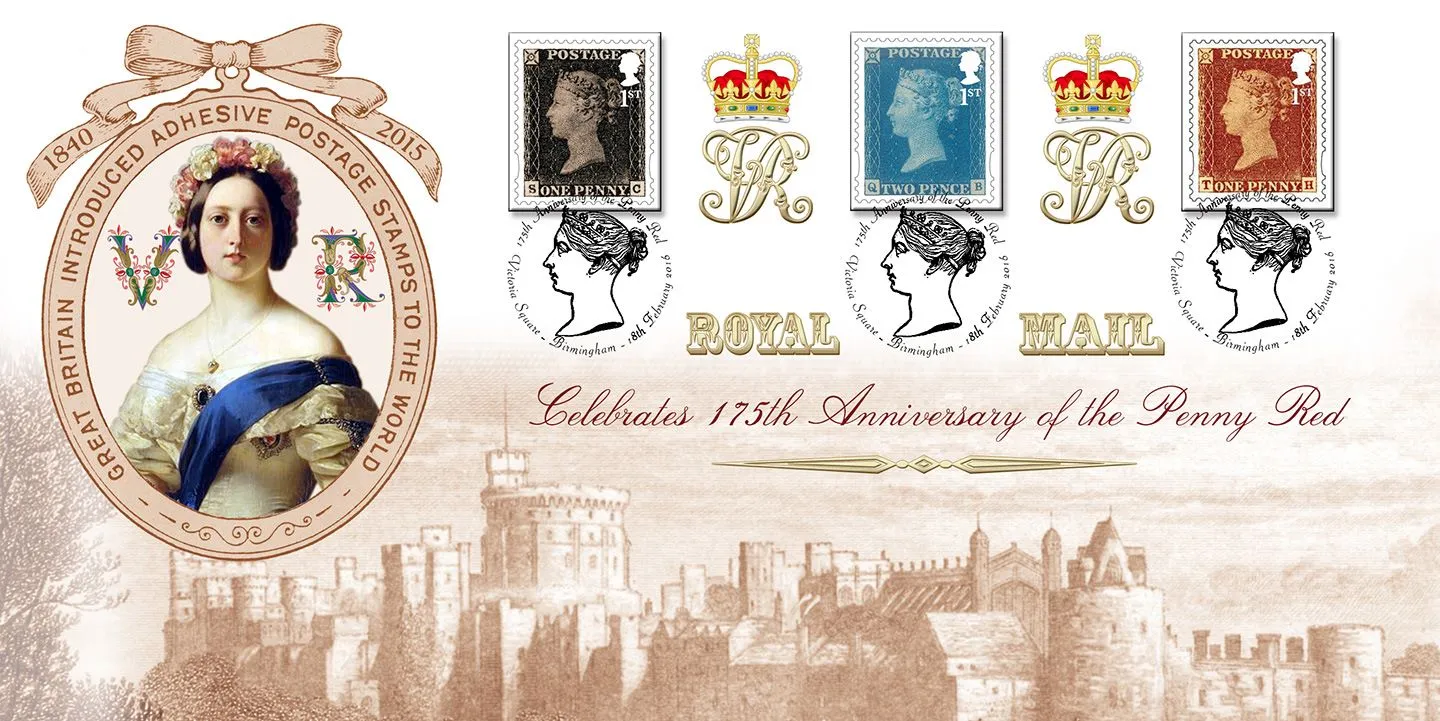The Royal Mail can trace its history back to 1516, when Henry VIII established a "Master of the Posts", a position that was renamed "Postmaster General" in 1710.
Upon his accession to the throne of England at the Union of the Crowns in 1603, James VI and I moved his court to London. One of his first acts from London was to establish the royal postal service between London and Edinburgh, in an attempt to retain control over the Scottish Privy Council.
The Royal Mail service was first made available to the public by Charles I on 31 July 1635, with postage being paid by the recipient. The monopoly was farmed out to Thomas Witherings.
In the 1640s Parliament removed the monopoly from Witherings and during the Civil War and First Commonwealth the parliamentary postal service was run at great profit for himself by Edmund Prideaux (a prominent parliamentarian and lawyer who rose to be attorney-general). To keep his monopoly in those troubled times Prideaux improved efficiency and used both legal impediments and illegal methods.
In 1653 Parliament set aside all previous grants for postal services, and contracts were let for the inland and foreign mails to John Manley. Manley was given a monopoly on the postal service, which was effectively enforced by Protector Oliver Cromwell's government, and thanks to the improvements necessitated by the war Manley ran a much improved Post Office service.
In July 1655 the Post Office was put under the direct government control of John Thurloe, a Secretary of State, and best known to history as Cromwell's spymaster general. Previous English governments had tried to prevent conspirators communicating, Thurloe preferred to deliver their post having surreptitiously read it. As the Protectorate claimed to govern all of Great Britain and Ireland under one unified government, on 9 June 1657 the Second Protectorate Parliament (which included Scottish and Irish MPs) passed the "Act for settling the Postage in England, Scotland and Ireland" that created one monopoly Post Office for the whole territory of the Commonwealth. The first Postmaster General was appointed in 1661, and a seal was first fixed to the mail.
At the restoration of the monarchy, in 1660, all the ordinances and acts passed by parliaments during the Civil War and the Interregnum passed into oblivion, so the General Post Office (GPO) was officially established by Charles II in 1660.
Between 1719 and 1763, Ralph Allen, Postmaster at Bath, signed a series of contracts with the post office to develop and expand Britain's postal network. He organised mail coaches which were provided by both Wilson & Company of London and Williams & Company of Bath. The early Royal Mail Coaches were similar to ordinary family coaches but with Post Office livery.
The first Mail coach ran in 1784, operating between Bristol and London. Delivery staff received uniforms for the first time in 1793, and the Post Office Investigation Branch was established; it is the world's oldest recognised criminal investigations authority. The first mail train ran in 1830, on the Liverpool and Manchester Railway. The Post Office's Money order system was introduced in 1838.
These covers are hand made from the finest quality linen textured paper.





